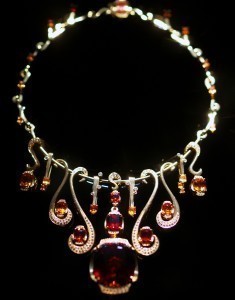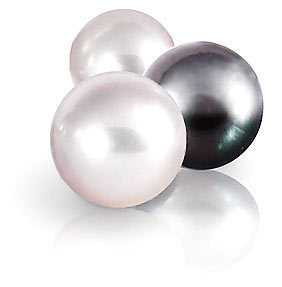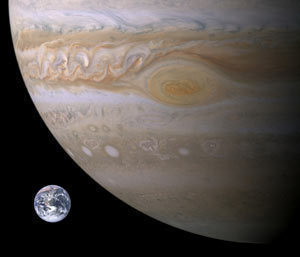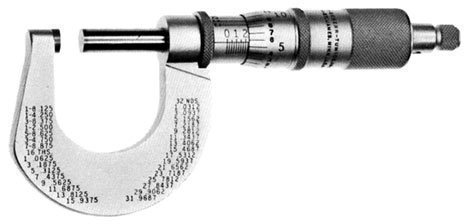Ruby Sizes
For thousands of years, certain gemstones have 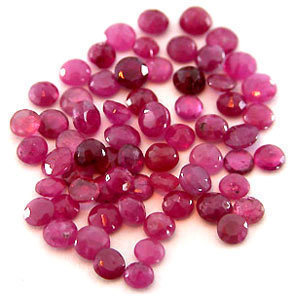 been believed to carry mysterious magical properties that can heal illnesses, protect its owners, impart courage and attract love, happiness and good fortune. It is said that its power is at its height during a full moon. Across different ancient civilizations and cultures, none parallels the ruby for having consistently stimulated these beliefs, which account for their being prized and cherished for centuries more than any other gemstone. In fact, before the advent of modern times, the value of rubies were about eight times higher than diamonds that are comparable to ruby sizes and quality! Referred to as the “Lord of All Gems” in ancient India, the ruby is considered in old Sanskrit writings as representing the power of the sun worthy of being given as an offering to no less than the Hindu deity, Krishna.
been believed to carry mysterious magical properties that can heal illnesses, protect its owners, impart courage and attract love, happiness and good fortune. It is said that its power is at its height during a full moon. Across different ancient civilizations and cultures, none parallels the ruby for having consistently stimulated these beliefs, which account for their being prized and cherished for centuries more than any other gemstone. In fact, before the advent of modern times, the value of rubies were about eight times higher than diamonds that are comparable to ruby sizes and quality! Referred to as the “Lord of All Gems” in ancient India, the ruby is considered in old Sanskrit writings as representing the power of the sun worthy of being given as an offering to no less than the Hindu deity, Krishna.
Its fiery shade of red, brilliance, rarity and the rich folklore and myth that surround this precious stone are just some of the reasons why some people prefer it to diamonds up to this very day. Ruby is a gemstone that comes from the “corundum” family that is derived from “kuruvinda,” a Sanskrit word that means “hard stone.” As such, its degree of hardness on the Mohs scale is 9–next to
diamond, which has a hardness rating of 10. Aside from being considered as amulets or lucky charms, these scarlet-colored gemstones are also very valuable because fine quality and large ruby sizes are much more rare than other precious stones such as sapphires, emeralds and even diamonds.
Because of its magnificent red color, which is caused by the mineral chromium, ruby has been thought to possess an eternal flame that emits light and warmth. Because of this, Hindu legend has it that the palaces of the gods are lit by huge ruby gemstones. Whether it is by design or accident, it is worthy to note that the machine that emitted the very first powerful laser beam was created by a large synthetic ruby crystal.
The prices of rubies are determined by the 4 C’s, namely: Color – ruby gemstones are found in different red hues that range from pink to the more expensive blood red Burmese ruby; Cut – a good cut enhances the color without unduly compromising the weight; Clarity – natural inclusions or fissures found in rubies identify their origin and affect their clarity; and, Carat – large ruby sizes are extremely rare, so the larger it is the more expensive it becomes on a per carat basis. For instance, if the price of a 1-carat ruby is $500, a 3-carat stone of the same quality may have a price tag of $2,000, which is more than three times the amount of a 1-carat ruby because the premium in price is attributed to the rarity of the larger gemstone.

